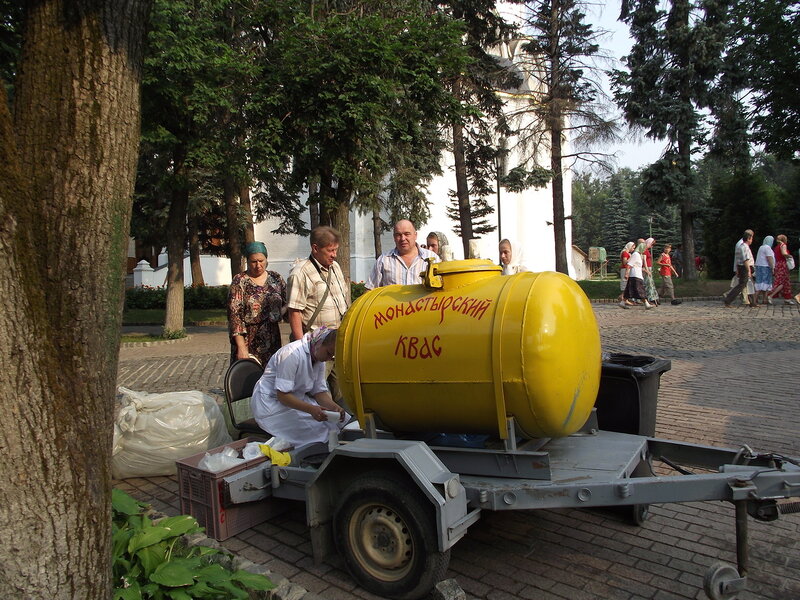About 300 enthusiasts from all over Russia show their mastery in sword, arch, dance and even cooking over 1 weekend. They gather thousands of spectators from the Moscow region.
The organizers restore a whole medieval settlement around a fortress. Like back then, now knights in authentic armor walk down the streets with their ladies, sellers call out for customers into their counters while the poor beg promising God's blessings for charity. Strolling musician bands settle down round marquees. Their music helps some sell mead, a popular medieval beverage. Guards convoy shackled commoners guilty of something and offer passers-by to buy them out. Eateries are full of people tasting wild boar and quail.
The field features horse tournaments between rich nobles pushing their opponents out of saddle with their spears at full throttle. Healers are here to help those injured. Another camp corner is for a costume contest among tradespeople, artisans, warriors and even clergy. A jury listens to each costume story, testing for any mechanical stitches and artificial cloth and checking all character attributes.
Krasnoe Pole culminates in fortress siege by Normans vs. an Old Russian prince with his guard. The siegers even use the cutting-edge weapon of that time, cannon, but most successfully the old tested tactic of ramming the gate under their shields. The siege ends in a battle inside, often bloody so that real-life ambulance has to assist. Heroes there like showing their wounds off to beautiful ladies.
In the light of the upcoming St. Sergius' 700th anniversary the municipality is preparing a top medieval festival reproducing the Trinity Sergius Lavra's siege. So Krasnoe Pole acts as a major rehearsal for the this ambitious project.





